Breaking down the dominant and must-know web app libraries in 2021
React.js is now the dominant web development framework, having risen to overtake JQuery and its competitors in adoption statistics through May 2021.
While there are indeed strong alternative web development frameworks both in the realm of JavaScript and in other dominant programming languages – some of which we will cover in this piece – there have not been any big movements in the underlying technologies that ultimately pave the way for modernising or replacing web development frameworks within the last 12 months.
This has allowed React to gain momentum as the standout framework without any major competition.
Are things changing in 2021 as advancements in upcoming app framework technology come into fruition? Almost.
This article will cover some key trends amidst the best web app frameworks in 2021, before delving into specific web development frameworks that should be on your radar.
Table of Contents

High level trends in web development frameworks
Let’s summarise what is happening right now in the web development framework space before jumping into specific frameworks:
- React.js is now dominant in terms of usage but public releases have been slow to adopt major changes. Saying this, version 18 is now in Alpha and publicly available to experiment with. React 18 carries some major enhancements including the long-awaited concurrent rendering feature that’s been promised for a number of years.
- Svelte has picked up steam, with Stack Overflows 2021 Developer Survey results showing that Svelte is the most loved web framework. While React is the most desired and wanted skill, Svelte offers some promising technology for the future as it evolves and gains more adoption.
- On the server side ASP.NET Core is still a popular choice as a web server framework, and Java-based Spring having strong developer interest too. These are two strong enterprise-grade frameworks that are well suited for large-scale applications.
- Lesser known frameworks such as FastAPI have notably gained interest in the developer community.
Needless to say, it has been an interesting 12 months for web development frameworks amid the global pandemic; companies have doubled down on building their online presence and overall cloud-based infrastructure, as work goes remote and customers are primarily found online.
The surge in demand has resulted in a renewed interest in web development particularly, given that online exposure and SEO are primary means of reaching customers.
This transition has been billed as the digital transformation by Accelerance, and this growing trend has given web development frameworks a boost in popularity; both for newcomers and the leading frameworks.
Stack overflow recently published their 2021 developer survey, giving us a glimpse at which web frameworks are trendy and which are being left behind.
Let’s jump straight into the best web app frameworks that are positioned to continue their success in 2021, starting with front end frameworks, also known as client side frameworks.

Frontend Web Development Frameworks

The best front end framework: React.js vs Vue.js
On the front end side there have been various innovations within the web development pipeline that gave rise to two dominant libraries; React and Vue.
Both libraries rely on a virtual DOM, state management and component based approach to building web apps.
This section has grouped these 2 libraries to identify common characteristics that have made them popular choices as front end frameworks; and key differences will also be explored.
Both frameworks have given web apps some big advantages both for the end-user and application developer:
Less reliance on the server-side
There is much less reliance on server side resources, with React and Vue web apps being totally static and relying on a separate API to fetch dynamic data.
This results in a much smaller server side resource requirement compared to a framework that relies on dynamically rendering web content from the server (such as Python based Django or PHP’s Laravel).
In addition to the above, static websites can be cached in a browser, removing the need to refetch a website and thus avoiding more server processing.
Highly dynamic, modular content
Components and app state allow for web apps to be very dynamic; it is rather easy to make dynamic modular content whereby logic is isolated within individual components that comprise the app.
To expand on this point, components are composed in a component hierarchy via JSX (that Vue and React rely on). JSX is quite elegant in that its syntax reflects HTML tags and attributes, relying on concepts web developers are already familiar with.
Bundling and optimisation
App bundles have become much more lightweight in terms of file size, with projects having to be built (using a bundler such as Webpack) before being deployed to a server. Your various CSS and JS files are combined and minified before being bundled, and images are optimised too. This process was commonly left out in the previous era of relying on <script> embedding.
Tooling and surrounding ecosystem of extensions
Alongside build tools, sophisticated command-line tools, hot reloading for quick agile web development, and various testing tools exist to aid in the development pipeline.
These benefits were huge leaps from having to rely on the previously-dominant JQuery library for web page interactivity, all of which are still being refined today.

React.js vs Vue.js: The Differences
The library that offers the biggest advantages for your particular requirements will ultimately determine which one you choose. This is where the differences between React and Vue come into play.
HTML Templates
Vue allows you to work with HTML templates in addition to JSX, whereas React only supports JSX for rendering HTML.
HTML templates are arguably easier to write and come with a more familiar interface than having to write in JSX, giving Vue the edge if web developers are more accustomed to traditional web development.
Component re-rendering
Upon state updates, React by default will re-render every child component under that of the change of state. This ensures all UX reflects the change in state. In the case the user does not want re-renders to happen, there are lifecycle methods to prevent the re-render from taking place.
Vue on the other hand automatically checks which child components should be re-rendered; only components that rely on the updated state will re-render, and this is the default behaviour.
This can be considered as a performance improvement on Vue’s side but the same effect can be achieved in React, albeit with more boilerplate.
CSS Handling
Vue takes a more traditional approach to CSS handling with the

Svelte: A web framework newcomer
A very interesting and relative newcomer to the front end web development framework landscape is Svelte. Let’s explore further to identify the strengths of Svelte and where it may enjoy more adoption in the future.
Essentially, Svelte does away with many of the perceived benefits mentioned above that make React and Vue attractive; all with a focus on performance and reactivity.
No virtual DOM
Svelte does not do with a virtual DOM. Instead, your code is compiled into vanilla JavaScript with all framework boilerplate stripped away.
This can give Svelte a big performance boost compared to the web development frameworks of above if component state is well designed, but the compiled code is still JavaScript, so performance increases are still bottlenecked by the browser’s JavaScript engine.
For interested readers, WebAssembly (now at version 1.0), is seen as the more performant language for the web which outperforms JavaScript on a number of raw processing tasks.
Although Svelte does not currently support WebAssembly, it would not be a surprise to see it be a part of the Svelte compilation process in the future – this will only strengthen Svelte’s offering.
A focus on reactivity
To further boost the performance of web applications written in Svelte, components (yes, Svelte is another component-based framework) “react” to state changes.
What makes this mechanism different to React and Vue is that entire component hierarchies are not considered. Instead, components individually react to a state update.
To understand reactivity in more detail take a look at the RxJS library. It is designed specifically for reactive web applications that can be used alongside the JavaScript frameworks mentioned in this piece.
Simplified syntax
The Svelte-specific syntax to perform state updates is also very simple; there are no hooks (i.e. React Hooks) with unfamiliar code conventions. Instead, simple methods are used to get and set state values that are much more readable.
Svelte also relies on HTML templates and embedding code in <script> tags – conventions that stay true to the original HTML standard.
Although Svelte is still evolving as a library, it is already a favourite amongst the developer community and is well worth having on your radar in 2021 and beyond.
Key Svelte Stats
- Svelte was the most loved web development framework in the Stack Overflow 2021 Developer Survey, highlighting the strong momentum the framework is currently enjoying.
- Still evolving quite rapidly and APIs may change.
- Separates itself from the dominant players well, having a strong USP with its efficiency and performance benefits.
Useful Svelte Links
- Svelte official website | official documentation
- SvelteKit application framework: the quickest way to start building Svelte apps.
- Svelte GitHub repository
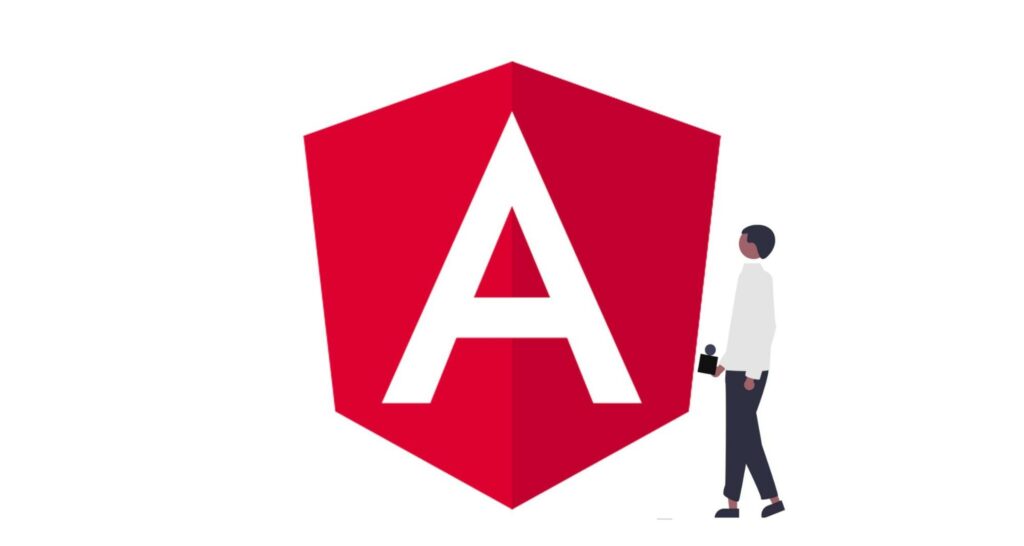
Angular: An early pioneer of JavaScript frameworks
Angular is another framework that pioneered a lot of what we think of as JavaScript frameworks today, but has decreased in popularity due to its complexity, size and performance relative to the frameworks mentioned above.
The Angular library offers a full solution for building single-page web applications. SEO can be challenging to optimise on Angular given its focus on a singular interactive page, but optimisation can be achieved nonetheless.
Angular is robust with good documentation, but it has quite a steep learning curve that requires weeks of study to master – and with Angular popularity now in a downward direction, it is a tougher sell for web developers to learn when you have newcomers like Svelte appearing to be more exciting prospects.
Angular 2 onwards removed built-in support for two-way data binding, one of the pioneering features that made the original implementation of Angular.js popular.
Data binding has been somewhat simplified, but still involves concepts unique to Angular that must be understood by the developer.
Later versions of Angular have introduced TypeScript support in addition to JavaScript, resulting in Angular being the successor of Angular.js.
You may see both these names being referenced in documentation or on Stack Overflow, but Angular is the most up to date, Typescript supported version, with Angular.js being its predecessor.
Angular is still used by large organisations today and therefore is worth considering if you are looking to train for particular industry positions that rely on the framework.
Angular is ultimately still considered one of the libraries within the most popular web development frameworks. As a hobbyist though, Angular presents a weaker proposition than the other front end web development frameworks we’ve discussed.
Useful Angular Links
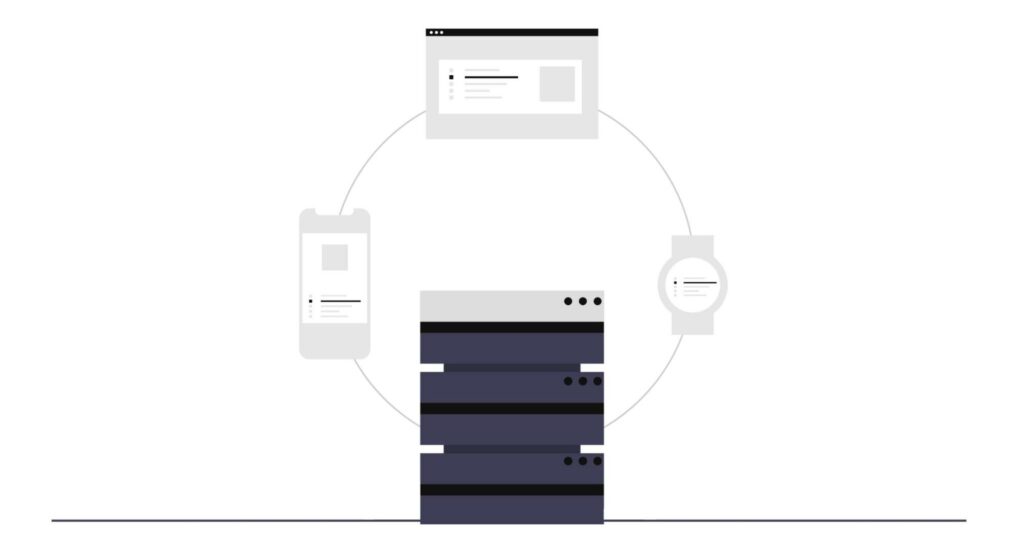
Backend Web Development Frameworks
ASP.NET Core: A general purpose software framework
ASP.NET Core is the latest iteration of Microsoft’s ASP.NET framework. It is free, open source and cross-platform designed to compete with the best web development frameworks in the arena.
Being very general purpose, ASP.NET Core can be used to create both server side and client side applications for all major devices and operating systems.
It is not uncommon to see .NET being categorised among both client side frameworks and server side frameworks in online documentation.
The .NET ecosystem is still a dominant platform for enterprise grade applications that is partly due to its long history and maintenance efforts by Microsoft. As such, .NET is a very attractive proposition for larger enterprises that must have reliable code for their digital infrastructure.

ASP.NET Core delivers on two fronts then:
- It’s open source and cross-platform support features keep it relevant and competitive with modern frameworks.
- Its general purpose approach has sprouted a huge ecosystem of extensions and tools that make ASP.NET Core an attractive server side framework for large-scale enterprises.
ASP.NET Core came in at number 2 on the most loved web frameworks list of the 2021 Stack Overflow developer survey, which highlights its current popularity only surpassed by Svelte – a completely different framework solely for the frontend.
ASP.NET code can be compiled as a native iOS and Android application, a desktop app for Mac or Windows, or a server-side Linux program; cross-platform support that is not dissimilar to that of Java based frameworks – and there is a popular Java-based backend framework we will explore next.
Useful ASP.NET Core Links

Spring: The best web app framework for Java
If you are attracted by the proposition of ASP.Net Core, Spring will also be attractive as it shares many similar characteristics to the former:
- Java was originally created and owned by Sun Microsystems but was later superseded as an open source programming language.
- Both Microsoft and Oracle maintain leading roles in maintaining the languages.
- Spring is also an enterprise-grade solution with the goal of being general purpose and suitable for a range of use cases that are in demand today.
The term “reactive” appears to be a buzzword in the web framework world these days, and Spring is no exception in that it flaunts its asynchronous, non-blocking architecture for faster and more efficient execution of code.
This is a key feature of modern web frameworks given that CPUs are now scaling to a number of cores. It is essentially the framework’s responsibility to bake this parallel computing support within their APIs – with Spring treating such capabilities as a flagship feature.
Spring ticks all the boxes for modern app design, with a focus on microservices, cloud based infrastructure, scalability based on resource demand, and automation.
Useful Spring Links
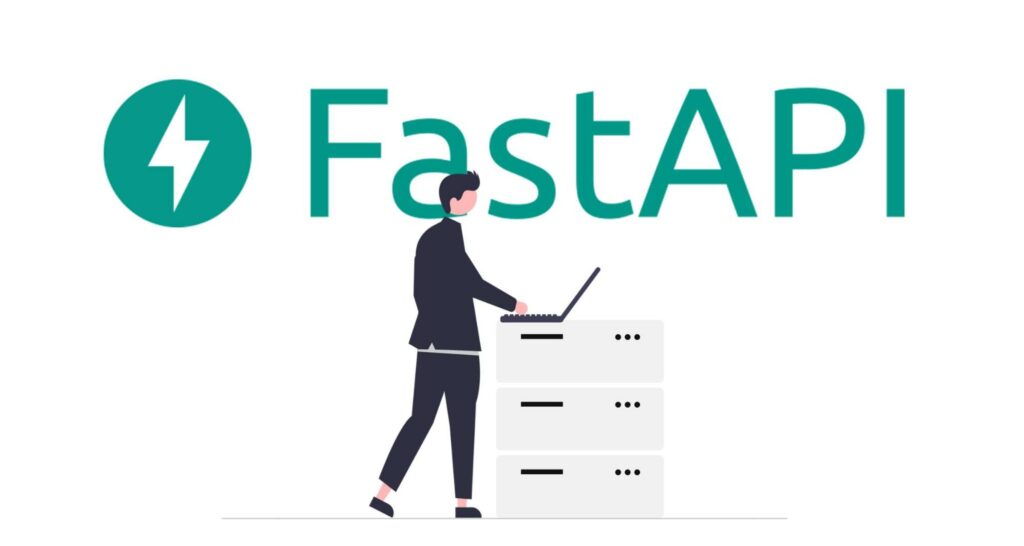
FastAPI: A high performance Python-based web framework
Switching gears to the world of Python, a web framework that is excelling in popularity and adoption is FastAPI.
FastAPI is a Python 3.6+ supported web framework that is billed as being performant, easy to learn and use, and with less bugs and errors to worry about.
The developer community seems to agree with these advantages with the FastAPI GitHub repository having now collected over 34.4k stars.
If you are a Python developer then FastAPI should definitely be on your radar as a framework for web development.
Enjoy the following benefits by adopting FastAPI into your development pipeline:
- Easy installation and upgrading with Pip, conforming to standard Python package conventions.
- Easier to learn and onboard new developers to the framework. Python is inherently one of the easier programming languages to learn with its read-like-English syntax and focus on minimal boilerplate code. FastAPI has embraced these advantages.
- Based on the OpenAPI specification, you need not learn any ad-hoc conventions with the API requests you write.
To understand the inspiration behind FastAPI, check out its previous tools section within its documentation.
From here you can weigh up whether FastAPI offers the benefits that resonate mostly to your project, or whether a more established framework like Django would make more sense.
Useful FastAPI Links
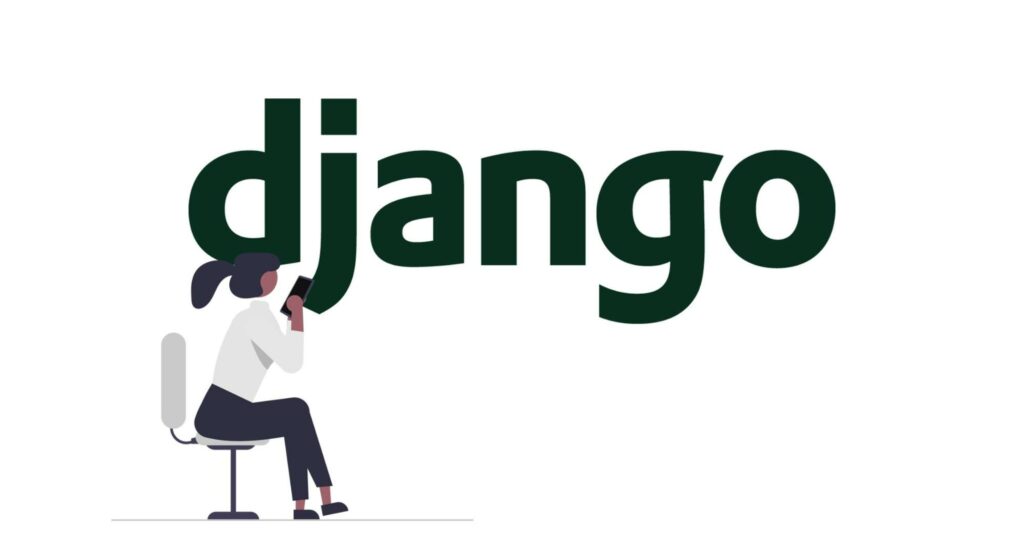
Django: A high-level Python web framework
Another Python based MVC framework for web application development is Django, currently the most popular web framework solution for the Python programming language.
MVC: Model View Controller is a popular software design paradigm among popular web frameworks.
Django has been adopted by large organisations including big tech companies like Google and Instagram. This speaks volumes to how reliable and robust Django is as a framework.
Similarly to FastAPI, Django inherits the benefits of Python that entail its easy to learn syntax and readability.
To further promote this ease of use is an extensive and well-maintained documentation portal, offering some of the best documentation amongst the web app frameworks we’ve explored thus far.
It’s well worth considering using Django if you fall into any of the following scenarios:
- You’re already invested in the Python ecosystem and are ready to adopt a standard web framework to code web applications, either for the frontend or backend.
- If you require a scalable and fast web framework, and do not have an extensive amount of resources or manpower at hand to complete a project. Django will speed up the development process with its comprehensive documentation, security features and ability to flexibly scale as traffic to your app fluctuates.
There are some disadvantages to Django that could be preventing it from rivalling some of the more popular frameworks mentioned here (notably Spring and ASP.NET Core).
Here are some issues developers have with Django:
- It is common knowledge in the developer community that Django is monolithic; that is to say it only has a few dependencies which result in less capabilities for the framework. This is a result of the “batteries included” approach Django opted for. If we take a look at React as a comparison, we notice that it has an almost opposite philosophy – only provide the core of the framework and allow developers to easily build tools around it.
- Because of the exclusivity of Django and reliance developers have on it, its set of APIs must be learned, and this could entail an initially steep learning curve for those adopting the framework. As we have already mentioned, Django attempts to solve this shortfall with good documentation.
- Django has a lack of conventions, or principles, that developers can follow from one Django project to the next. This makes it challenging to work in larger teams or move from one Django project to another where the developer may need to get to grips with different conventions on a per-project basis.
Regardless of these concerns, Django is still experiencing success and healthy adoption.
Useful Django Links
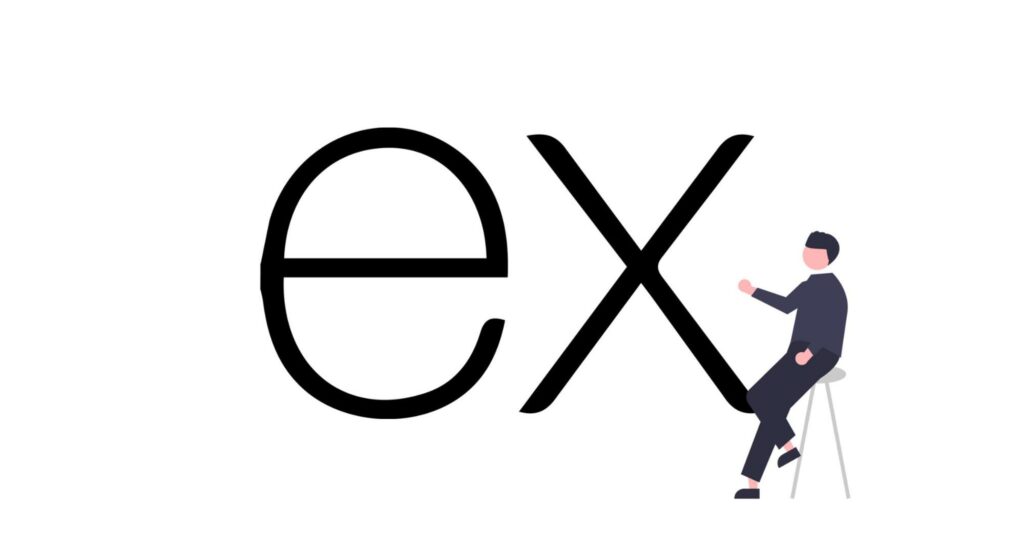
Express: The dominant web development framework for Node.js
Express is a popular backend framework that exploded in popularity alongside the Node.js runtime environment.
Express is an unopinionated web framework that is minimal and flexible for backend web development, commonly used for deploying REST APIs for frontend applications.
Express is still widely used today, currently on over 16 million weekly downloads on NPMJS at the time of writing. The popularity of Express is a result of a range of strengths that suit backend web server applications well:
- It’s very easy to extend Express routers with modules that adhere to the RequireJS file and module loader.
- The flexibility of Express allows you to embed websockets alongside REST APIs, in addition to the functionality of Node.js and its built-in modules that allow access to system resources via filesystem support.
- Support for asynchronous code using JavaScript’s async and await keywords.
Express is beginner friendly and requires a minimal amount of time to set up a basic server. In addition, Express is easily integrated into process managers such as PM2, which ensures your web server is always running.
You would not use Express alongside any of the other backend frameworks discussed here, but Express is commonly used with React, Vue and even Svelte frontend frameworks as a means of providing data to the client side.
REST APIs are still the dominant type of API being used today, but newer protocols such as GraphQL are gaining momentum as more support is rolled out to frontend web frameworks.
But due to Express’s simplicity, ease of installation and familiarity of JavaScript, it will continue to be widely used – especially for small-scale applications.
Useful Links
Bonus Web Development Frameworks
Outside of our best web development frameworks list, there are a few more notable frameworks that have maintained strength in 2021.
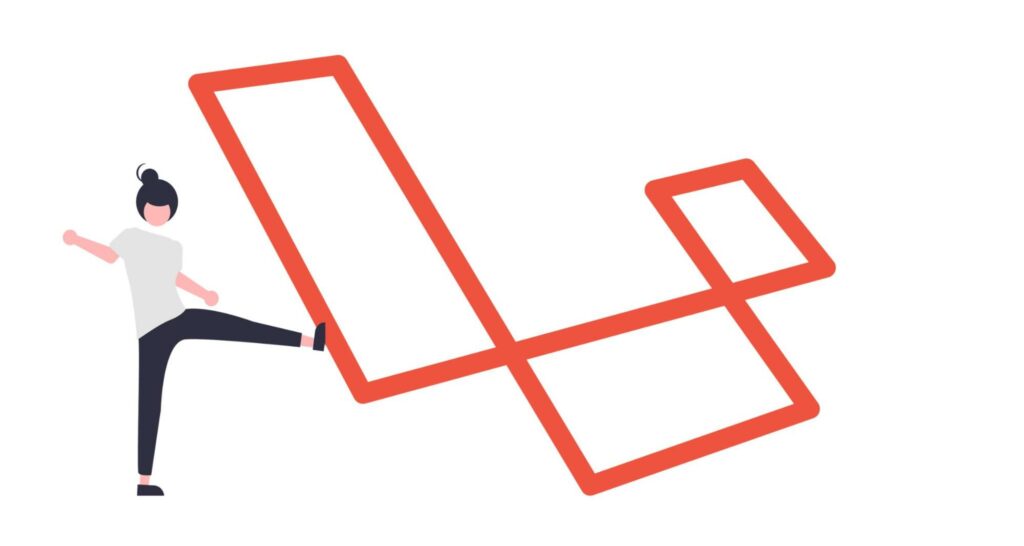
Laravel
Laravel was created in 2011 and has since become the dominant web app framework for PHP.
With PHP being a programming language specifically designed to run on the server-side, Laravel is a robust framework that can leverage all of PHP’s power on the backend. It adheres to the MVC pattern much like the majority of frameworks mentioned in this piece.
PHP maintains a healthy community of passionate developers, and Laravel is a critical part of what PHP can offer as a modern web app framework.
Laravel’s is an enterprise-grade web framework that has evolved from over a decade of iteration and refinement. It can be used for both small-scale application development or large-scale deployments with complex business logic.
Where Laravel falls short is in the lack of support for microservices, serverless computing and the cutting edge in cloud infrastructure. The framework is therefore used for more traditional web services.
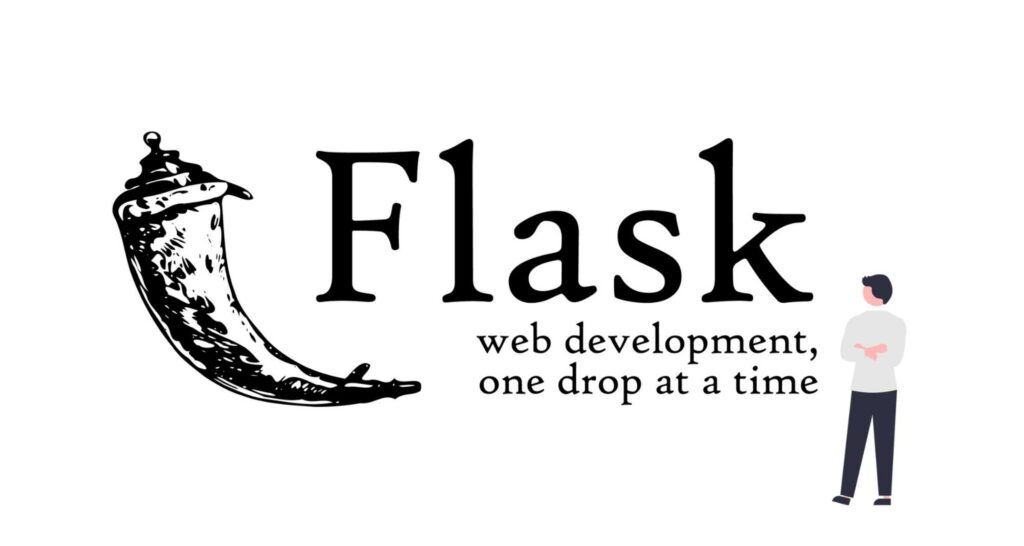
Flask
Another Python offering for a lightweight backend application is Flask, billed as a micro framework.
The “micro” terminology here refers to Flask being unopinionated and extensible in the way the developer chooses.
Components such as the database layer, template engine, data validation, and other components of a service can be slotted into Flask as extensions, rather than exist as a part of the framework itself.
This focus on the core of the framework is much like the approach React has taken on the frontend, and Express on the backend.
With a framework like Django being monolithic on the other hand, a developer is likely to opt for one or the other, but not both. But in any case, Python programmers can opt for either approach with both frameworks being production capable.
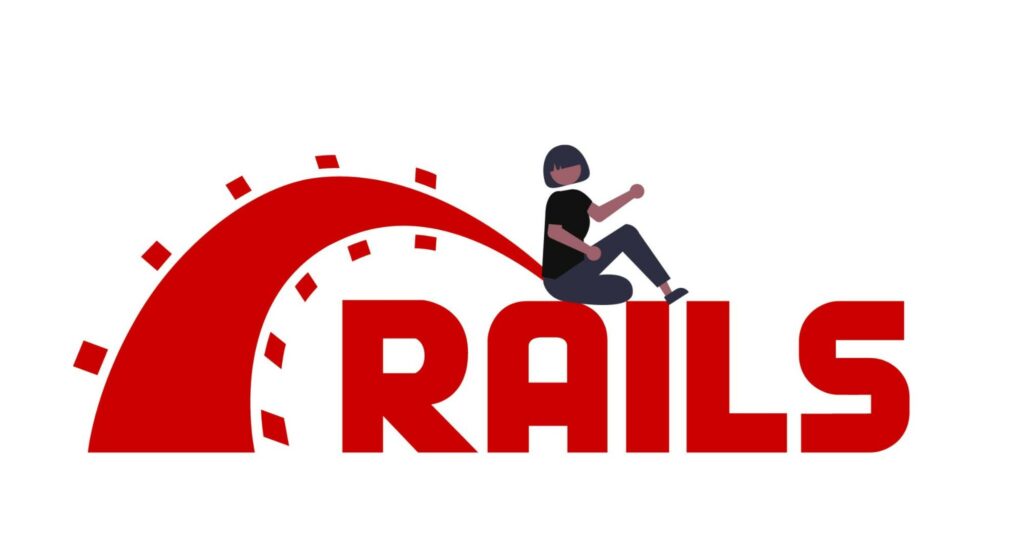
Ruby on Rails
Ruby on Rails is another server-side web framework, written in Ruby. Having first emerged in 2005, Ruby on Rails offered a high level and streamlined CLI and deployment pipeline that involved minimal configuration.
As a result Ruby on Rails was seen as a beginner friendly framework for web applications.
Ruby on Rails is still amongst the most loved web frameworks, but is on a downward trend in terms of adoption.
It is therefore recommended to focus on the primary frameworks mentioned here if you wish to learn a more relevant and in-demand framework for future career prospects.
Ruby on Rails is now on version 6 and is still being actively maintained with a loyal following. It therefore cannot be ignored as a viable web application framework in 2021.

Summarizing the Best Web App Frameworks Guide
All the web frameworks mentioned in this piece are great to study if you are yet to delve into a particular one. If you would like to learn more about how one operates, the best course of action would be to simply start experimenting with the framework, study the concepts and create demo applications of interest.
As most frameworks adopt the MVC: Model View Controller paradigm, getting to grips with new frameworks almost becomes second nature for seasoned software engineers.
As we have seen with this year’s trends, the world of web development never stands still and frameworks evolve very quickly. Although this is the case, conventions and features of one framework are often carried forward to others – such as components, state management, HTML templating and JSX, or API standards on the backend.
Although React has taken the top spot in terms of adoption and most wanted skill, there are evidently strong competitors in the frontend space, even with newcomer Svelte that offers a fundamentally different proposition from the top two frontend frameworks.
On the other hand, Ruby on Rails seems to be giving way to more prominent backend frameworks. The same could be said about Angular too, although both frameworks still have a loyal user base.
As a result of not being limited to JavaScript, the backend web application framework landscape is slightly more diverse. Java, .NET and Python all offer popular backend web development frameworks and libraries that each come with their own strengths and shortfalls, often tied into the idioms and conventions of the programming languages used for those frameworks.
It is easier to jump between frameworks on the frontend with JavaScript being the common factor between them, but this is not the case on the backend. As a result, developers will naturally opt for the framework that coincides with the programming languages they have already studied.
As a final word, it is worth reiterating that the space is evolving rapidly, and learning multiple frameworks is only beneficial to the developer’s understanding of what makes a strong framework.






